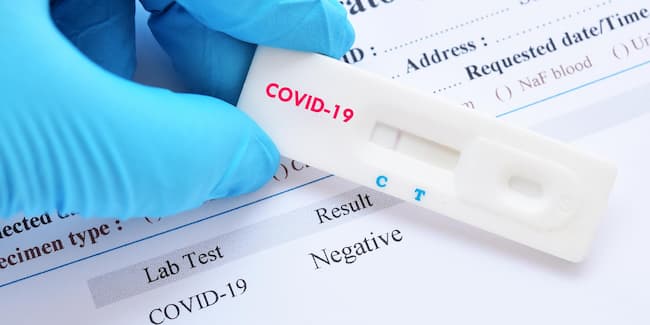There is a new fear of the disease in Paris, three years after the Olympics in Tokyo were hosted under tight security and without spectators due to the global COVID-19 outbreak. Athletes compelled to pull out of competitions at the Paris Games due to the virus are once again wearing masks.
However, this time, the influence is far more constrained. Numerous athletes, including Australian swimmer Lani Pallister, tested positive. She had to withdraw from the women’s 1500-meter freestyle competition, where she had hoped to win a medal.
But according to a team spokesperson, the choice was made to conserve Pallister’s energy for the 4x200m freestyle relay, which gets underway on Thursday.
Likewise, British swimmer Adam Peaty tested positive a day after he just missed out on 100-meter breaststroke gold, sharing silver with American Nic Fink. He has now said he will focus on a “fast, full recovery” to give his best in relays later in the week.
“Adam’s okay; he’s not dying. He’s alright, just a bit of a cold,” Peaty’s British teammate Matt Richards said after his 100-meter freestyle heat on Tuesday.
“We’ll avoid it (COVID) as best as we can,” Richards said. But “we’re here to race. If we get a little bit ill while we’re racing, we’ll keep racing. It’s how we do it.”
Several Australian women’s water polo players tested positive for COVID-19 in the days leading up to the opening ceremony, forcing them to isolate themselves from other team members.
However, the team played on Tuesday, smashing Serbia 8-3. The Tokyo Games were delayed a year due to COVID, while the 2022 Beijing Winter Olympics were held with strict precautions, making Paris the first post-pandemic Olympics. There are no strict protocols or restrictions around COVID-19 in Paris.
“We have a protocol that any athlete that has tested positive has to wear a mask, and we remind everyone to follow best practices, but in terms of monitoring COVID, cases are quite low in France,” said Anne Descamps, Paris 2024 chief communications director.
British swimmer Jacob Whittle said his team was nevertheless getting more strict with the precautions.
“We’re hand-sanitizing and wearing masks everywhere we can,” he said. “When we’re swimming and doing stuff like this (speaking to reporters), those are the only times we’re not wearing a mask.
“It’s just being extra cautious when eating and going on buses and communal spaces, just being really conscious so as to not catch it and also, if you’ve got it, not to give it to anyone else. Just being careful, really.”
Canada’s chief medical officer, Mike Wilkinson, said his team “continued to implement many of the infection prevention protocols that proved successful during the COVID pandemic, including hand washing, sanitization, and good hygiene practices.
“We also have a team that disinfects shared spaces throughout the day and isolation protocols for anyone who does get sick,” he said.













